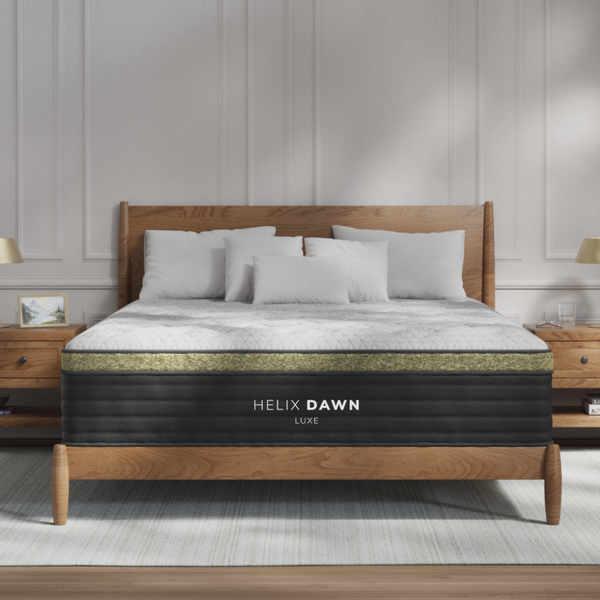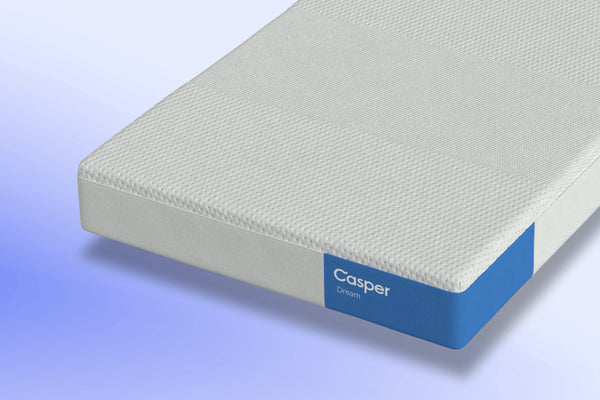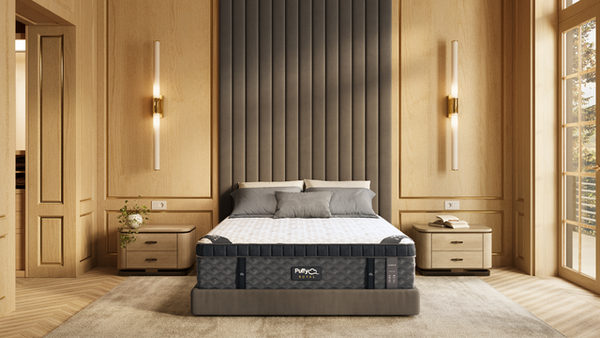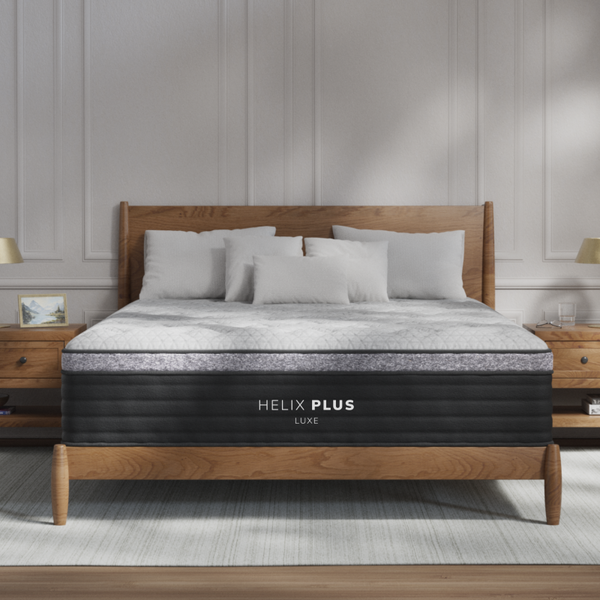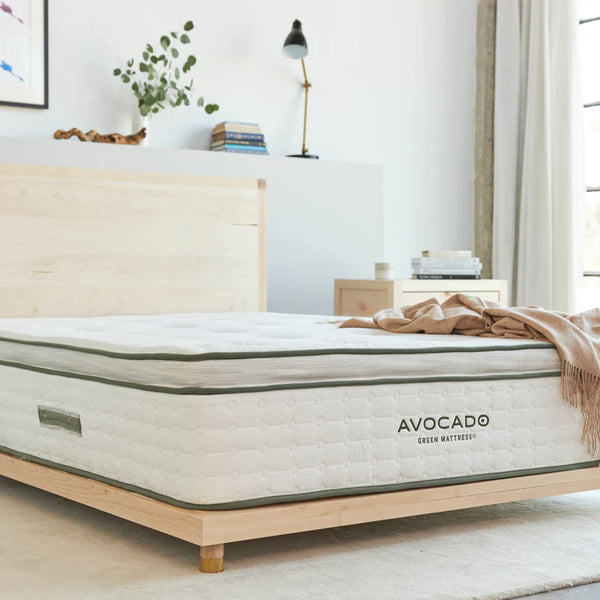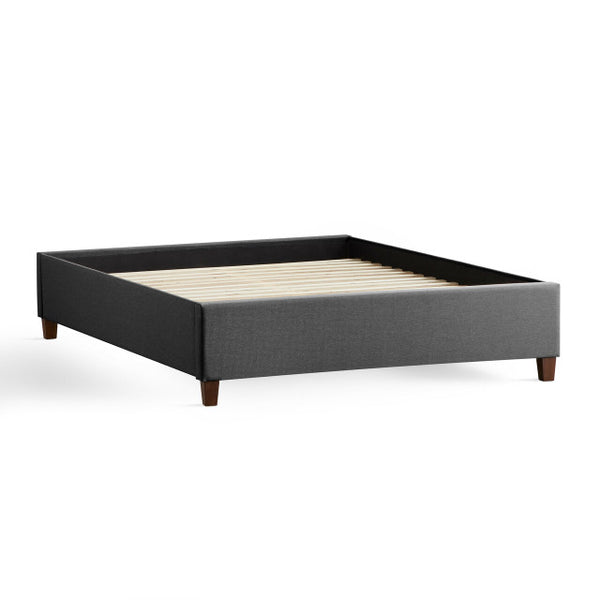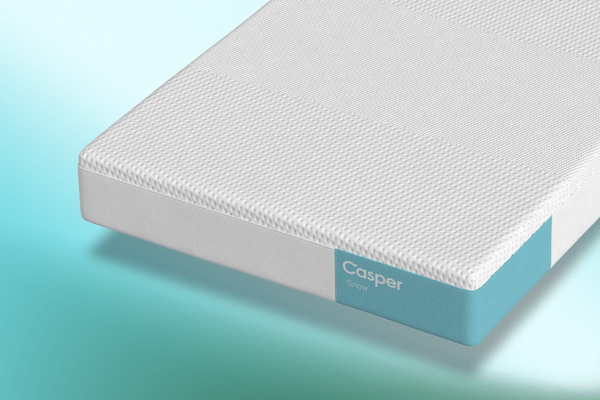Why Does My Mattress Smell?
Off-gassing refers to the distinct smell that comes with new mattresses. It occurs when foam mattresses are vacuum-sealed prior to being shipped out of their boxes, trapping chemicals. When unrolled, however, these volatile organic compounds (VOCs) become released as gas, giving off that familiar new mattress scent.
To speed the off-gassing process, place your mattress outside or in an area with good air movement and circulation. Baking soda may help deodorize it as well.
New Mattress Smell
New mattresses often emit a chemical scent due to volatile organic compounds (VOCs) present in their construction materials and construction. When your mattress expands and releases off-gassing odors, most will dissipate within several hours with airing out; if this bothers your sensitive nose or could harm indoor air quality further, try placing bowls of baking soda near the bed or using activated charcoal in your vacuum cleaner hose to neutralize any remaining odors.
Memory foam mattresses typically emit an initial off-gassing scent due to the chemicals released from polyurethane resin. To minimize this odor, look for models made with less volatile organic compounds (VOCs). Look for certifications such as CertiPUR-US, GREENGUARD Gold or STANDARD 100 by OEKO-TEX to be certain your mattress does not contain harmful fumes.
All mattresses require time to off-gas and settle before you sleep on them, to speed up this process open windows and use a fan. Baking soda may help neutralize odors to restore freshness to your mattress – it’s especially important that this step be completed prior to sleeping on it!
Dirty Bedding
All of us shed small amounts of skin cells every night, and these get absorbed into the sheets. If left unwashed, this moisture-filled environment allows fungi and bacteria to form, leading to that musty smell that has become all too familiar in bedrooms today. To keep your bedding smelling fresh and keep bacteria at bay, wash and change bedsheets daily while switching pillowcases frequently; in addition to that, clean any mattress covers weekly before turning your mattress/box spring/foundation every six months.
An unsanitary mattress can become the ideal place for dust mites to thrive, which thrive in warm, humid environments where dead skin cells are decaying quickly. They feed off these dead cells, potentially leading to allergies and asthma symptoms; so keeping your bedroom as tidy as possible for good health is vitally important.
Deodorizing a mattress is simple! To do so, sprinkle baking soda (an effective natural odor neutralizer) over its surface using a flour sifter and leave for at least 30 minutes before fanning or opening windows as necessary to further dry your mattress.
Clean stains or refresh an off-gassing mattress using a solution of laundry detergent and water, like this mixture from your laundry detergent dispenser. It works great on smelly stains while being safe if you suffer from allergies; just avoid bleach as this could discolor mattresses!
Dirty Vacuum
A mattress emits volatile organic compounds (VOCs) and semi-volatile organic compounds (SVOCs). VOCs are gases produced from various products like petrochemicals and flame retardants; as the foam expands and heats up, VOCs vaporize into the air and become detectable odors.
Mattresses can be a significant source of volatile organic compounds (VOCs), due to the polyurethane foam and plastic content found in most models. When mattresses-in-a-box delivery methods rely on tightly wrapped and vacuum sealed packaging that locks away these VOCs until you open your box, once one escapes it emits strong smells which last long after opening it up.
Studies have demonstrated that long-term exposure to volatile organic compounds (VOCs) can result in headaches, eye and throat irritation, nausea and fatigue – with longer term impacts including cancer risks increasing significantly as well as damage to kidneys, livers and central nervous system malfunction.
Not to worry! Most mattresses on the market today do not release harmful levels of volatile organic compounds (VOCs) into the environment, making them safe to sleep on. Most major mattress brands that utilize foam work with CertiPUR-US to monitor VOC emissions and certify low levels. If health risks associated with chemicals in your mattress concern you, special air filters may help filter these volatile compounds out from entering your home.
Off-gassing
Unpacking a new mattress releases volatile organic compounds (VOCs). VOCs are chemical compounds that do not form stable compounds when exposed to heat or dry conditions and release gasses as they heat or dry out, often seen in paint, solvents and cleaning supplies. While VOCs are generally safe, they may leave behind an unpleasant odor for weeks after use.
Off-gassing occurs with most foam mattresses, such as mattress-in-a-box options that arrive compressed. Once removed from its plastic wrapping, VOCs begin breaking down quickly, gradually eliminating their odor and dissipating over the course of several hours.
Mattress off-gassing depends on its composition and time spent in vacuum packaging. Natural mattress manufacturers generally use less volatile organic compounds in their mattresses, which reduces off-gassing potential; but even these mattresses produce some VOCs.
No matter the type of mattress you purchase, it is recommended that it is placed in a well-ventilated room and windows open for adequate air circulation. Placing it outdoors to be “baked” also speeds up off-gassing process; some experts also advise using an air purifier in their home in order to reduce VOCs levels.

